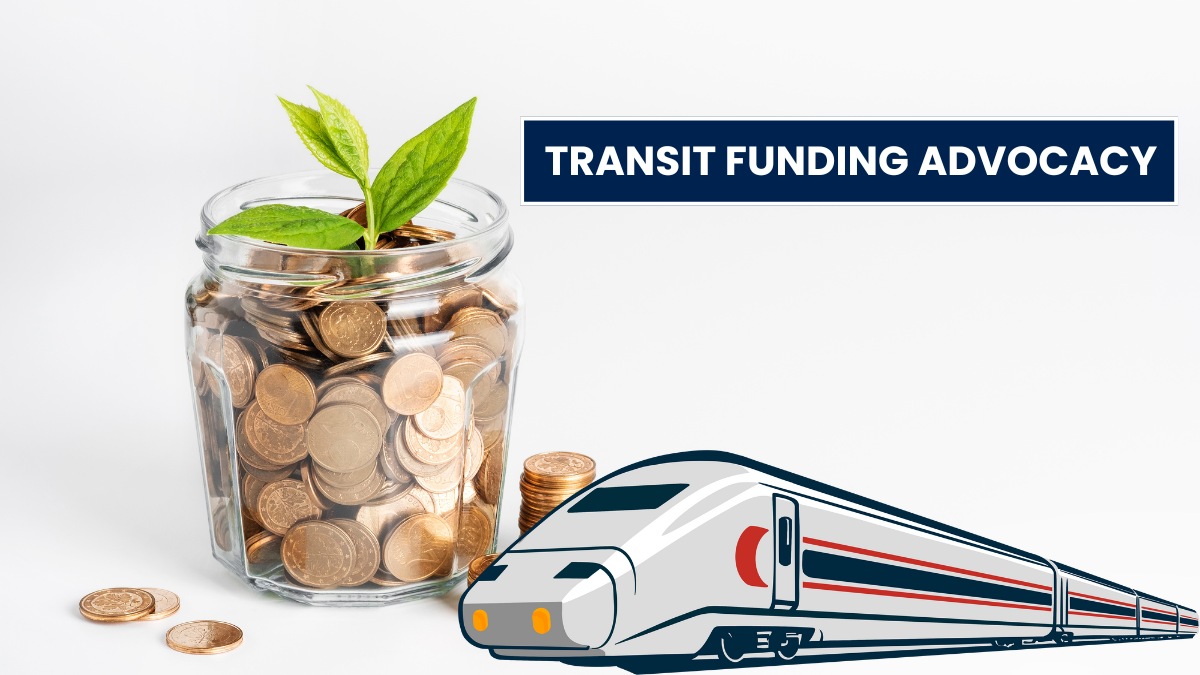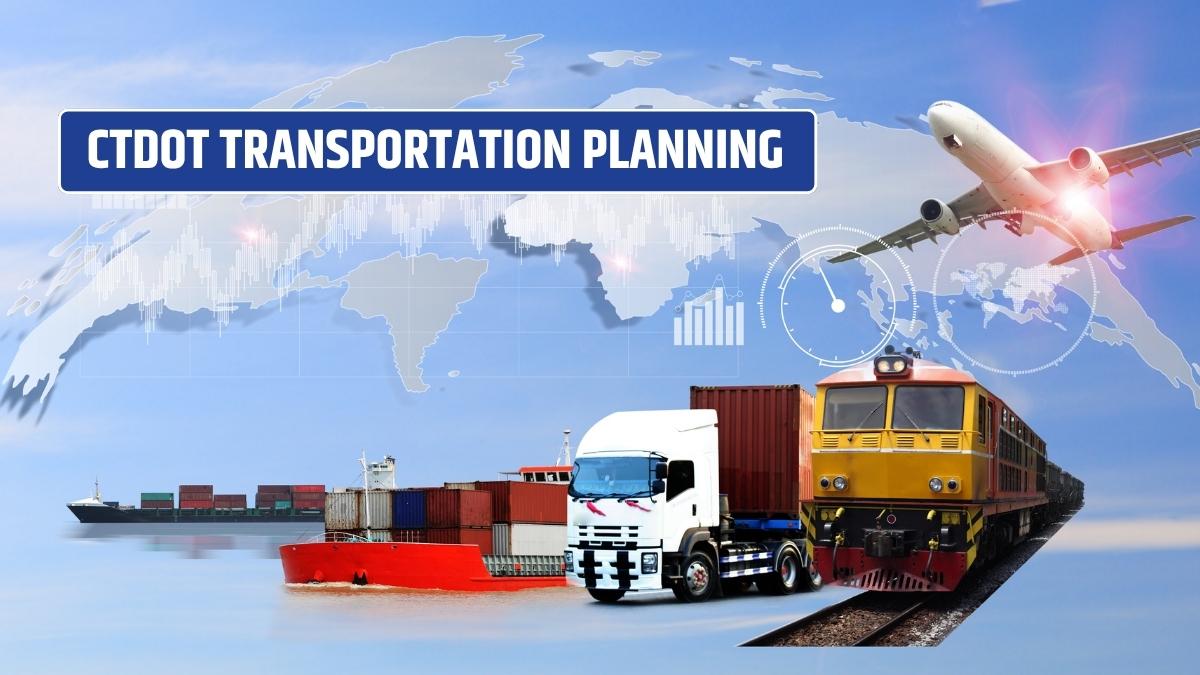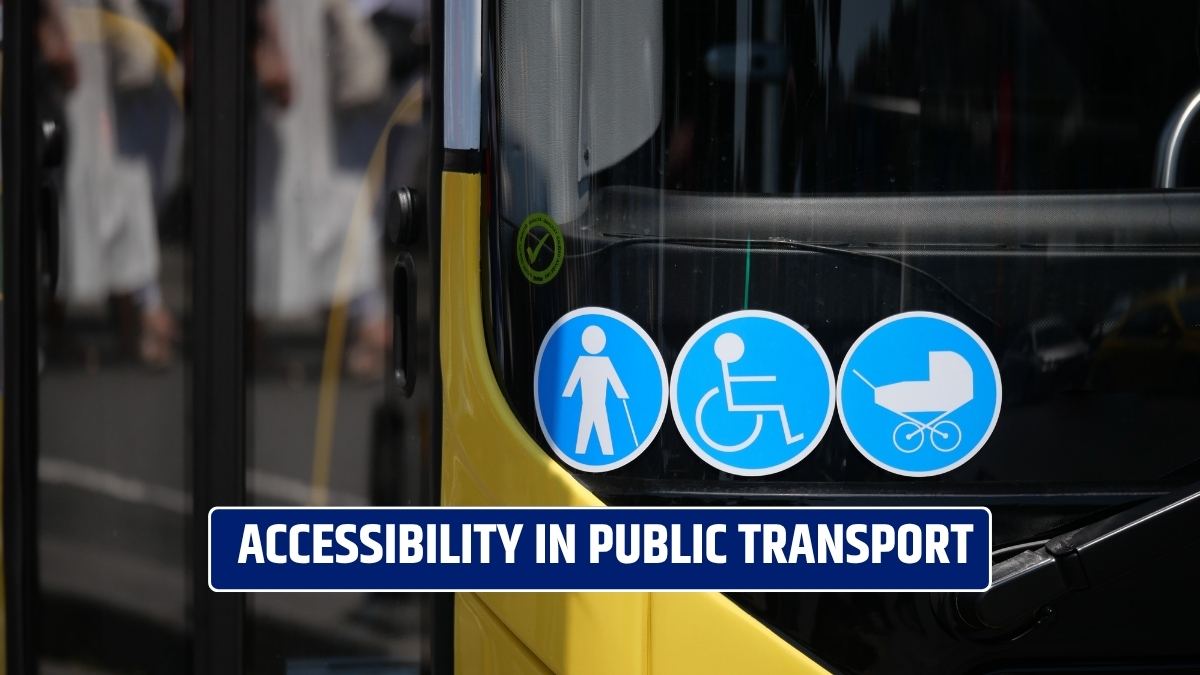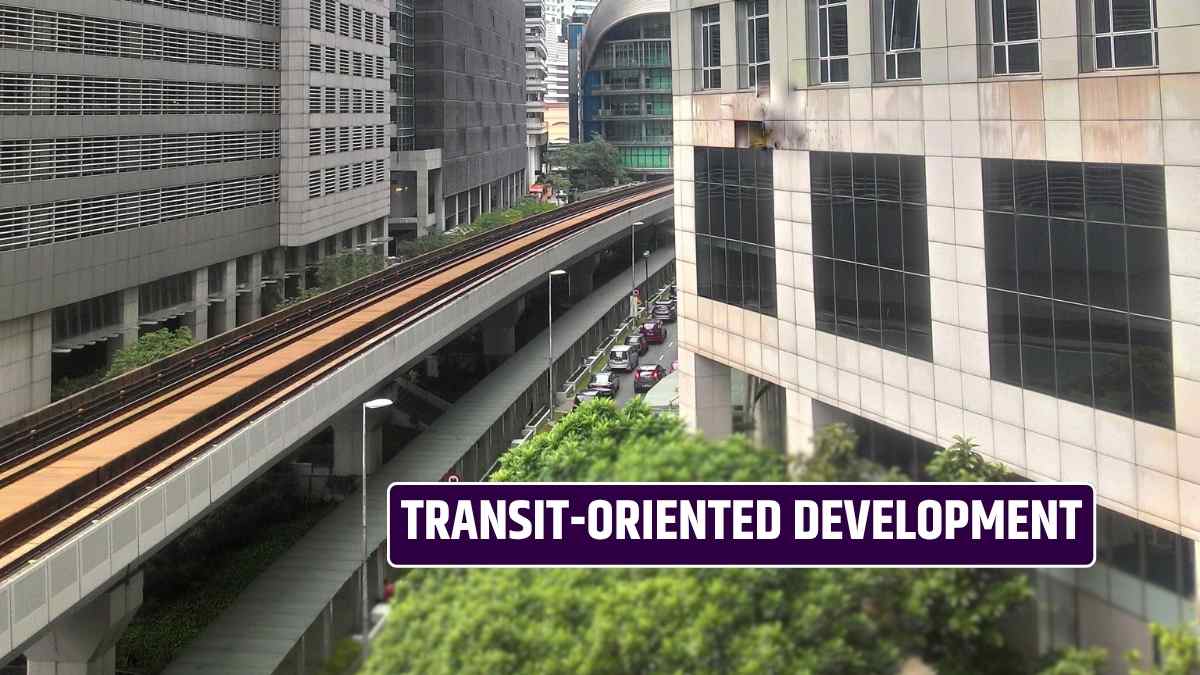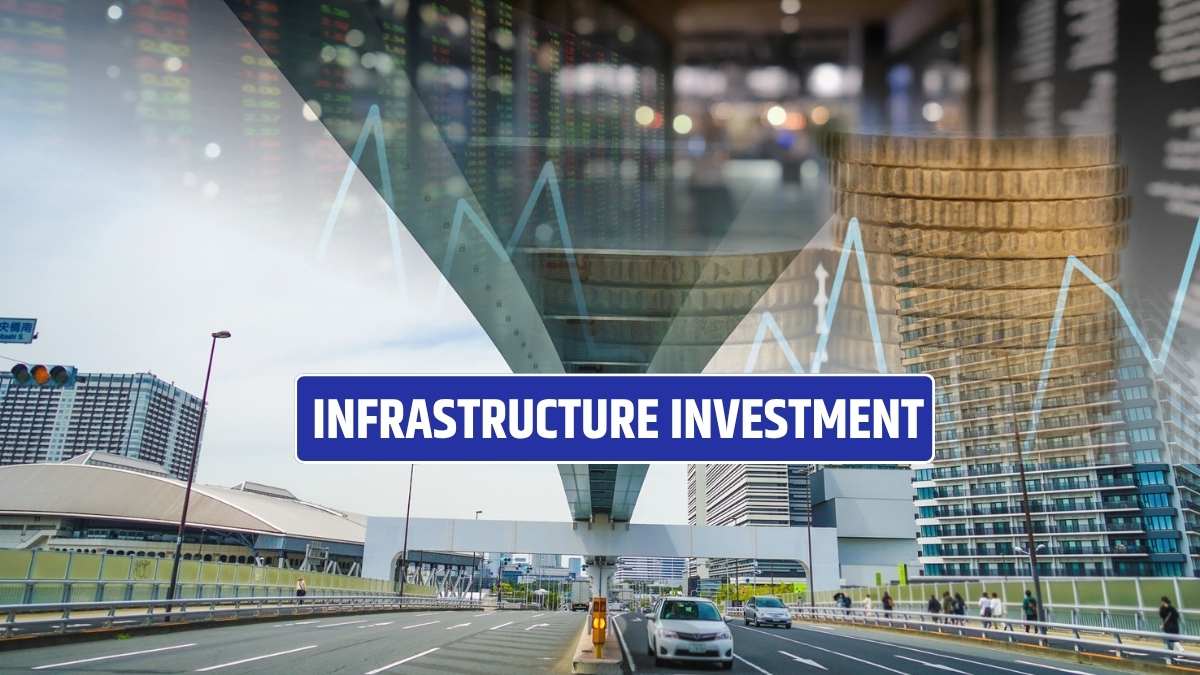The Connecticut Governor announced the investment for the transportation development earlier in February 2025. Transit funding advocacy ensures that public transit systems get stable, equitable, and enough funding. Let’s see how advocacy is leading the change in transportation.
Transit Funding Advocacy
The State of Connecticut has received federal and state grants and allocations to improve the public transit system and enhance the quality of life of the citizens with proper connectivity. In Connecticut, securing investment, the transit funding advocacy plays an important role.
The advocates speak up for the welfare of the public transit system, highlighting the need for transportation budgets and building coalitions with communities, environmental organizations, and others. When the Governor of Connecticut announced the transportation budget, the advocates also demanded funding for the rail and bus transit.
With the fare price increase for the rail service and the ongoing transit-oriented development project, the funding advocates’ view matters a lot. The advocates conduct deep research, do planning, and voice their opinion to the government.
What are the major advocates for the CT transit funding?
For the improvement of the CT transit system and to ensure the transportation sector is developing well, there are many advocates, as anyone can put their opinion forward. It can be private or government advisory bodies to keep the process transparent.
So, we have listed some major advocates that play a role in Connecticut’s improvement and ongoing development:
- Connecticut Public Transportation Council:
- It is the government advisory body that advocates for the Connecticut transit system, works with DOT and other agencies.
- The CPTC is the voice of the citizens to raise their concerns over public transportation and improve their experience.
- Connecticut Association For Community Transportation (CTAT):
- The CACT is a statewide association that provides public transportation, advocates for the transit system, and encourages the efficient use of public space.
- The CACT conducts various events to encourage the public transit system and provide free training to the members.
- Connecticut Roundtable on Climate and Jobs:
- It’s a broad coalition that advocates statewide for Transit equity and support. It has labour unions, faith leaders, environmental advocates, and community organizations.
- Local Institute Support Corporation:
- It is a non-profit organization across America that helps communities across the country.
- The LISC advocates for better healthcare, career development, education, affordable housing, and policy advocacy.
- Regional Plan Association:
- It is a non-profit organization that advocates for better transportation, healthcare, and other services in the US.
What do advocates ask for the Connecticut Transit funding?
You can check Connecticut advocates’ recommendations for the transit funding based on their research and planning:
- The RPA releases a report on the Connecticut analysis on Transit-Oriented development and advocates for better public transit. The RPA reports that we must integrate the commercial, residential, and recreational spaces for transit-oriented communities.
- The RPA report says that, for public transit development, we should also look into the residential area development near the transit.
- The advocates seek stable and increased funding for the Metro-North, CT transit, and local bus services.
- The advocates seek transit equity and accessibility for all communities, from low-income to rural areas.
- The advocates ask for long-term funding with the expected deficit of $177 million mentioned in the budget, with the current investment.
- With the climate risks involved for the infrastructure, the advocacy groups call for more investment in the electric bus and rail systems to reduce emissions and practice environmentally friendly actions.
- The state of Connecticut has many projects going on to improve transportation; the government is looking for more revenue sources, and the experts believe that delivering goods has the potential
How does Transit funding advocacy affect CT transportation?
The transit funding advocacy keeps the government in check and also ensures that efforts are made for the welfare of the people. The Waterbury Line project is the best example, where the efforts of advocates have pushed the funding for ADA-compliant stations, new coach cars, and others.
The advocates pushed for the funding of transportation and which led to $140 million investment for the Waterbury Branch Line and others. The advocacy helped in passing the Lockbox amendment in 2018 that now protects the Special Transportation Fund.
Through the advocates, lawmakers also get to know what the public needs and the requirements of the transit system. The public transportation expansion in the state will help workers and talented people connect and showcase their talent.
